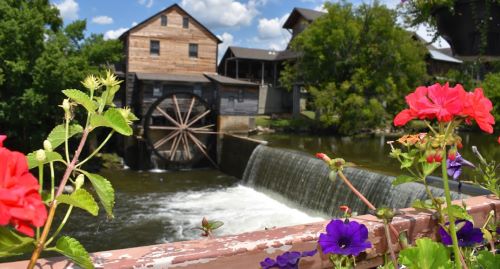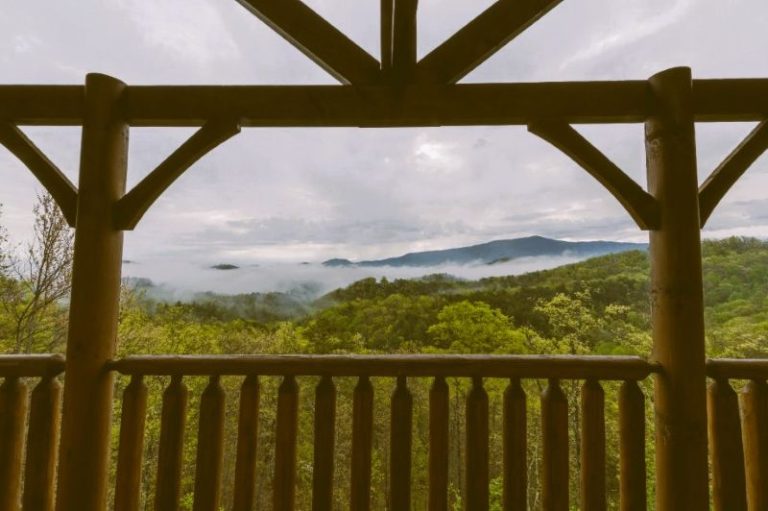

How many trips have you taken where the first day was wasted because you didn’t plan enough ahead? Between rising travel costs, weather that doesn’t always cooperate, and crowds that seem to grow every summer, skipping the prep work can turn a simple family getaway into a grind. In this blog, we will share how to plan your trip to Pigeon Forge without losing time or money.
Timing and Budget Shape Everything
Planning a trip now feels different than it did just a few years ago. People are booking closer to their departure date, partly to wait for deals, partly because schedules are unpredictable. This might sound flexible, but in a place like Pigeon Forge, it can backfire. Festivals, summer breaks, and seasonal shows fill the calendar, and the longer you wait, the more you’ll pay or the more time you’ll spend waiting in lines. Checking the local event schedule before finalizing dates will save you from showing up during a packed weekend when parking lots overflow and dinner reservations are hard to get.
Costs have crept up everywhere, not just for hotels but for meals, attraction tickets, and gas. Families underestimate how quickly spending adds up in tourist hubs. Even affordable restaurants can eat into the budget if you’re paying for a family of four two or three times a day. Adding a food budget ahead of time, factoring in snacks and event concessions, keeps expenses from catching you off guard. Carrying some cash is also practical because many pop-up vendors and festival stands don’t accept cards, which is still common in smaller event spaces.
What You’ll Do Once You Arrive
Once the basics are sorted, planning entertainment becomes the focus. If you’re looking for things to do Pigeon Forge has entertainment options like the Lumberjack Feud Supper Show, where families can eat like lumberjacks at Paula Deen’s All-You-Can-Eat supper buffet while watching action-packed stunts, live music, and comedy. Experiences like these stand out because they combine food, performance, and family-friendly energy without needing an entire day blocked off, unlike some larger attractions. Booking tickets ahead helps avoid disappointment since these shows fill up quickly, especially during peak travel seasons when evening entertainment becomes the main draw for most families.
Because the area caters heavily to families, many attractions are designed to take up full afternoons. That can be fun, but only if you plan your schedule realistically. Overloading the itinerary with back-to-back ticketed events leaves no room for breaks or delays. Keeping one or two major activities per day instead of trying to cram every possible attraction into a single stretch makes the trip more relaxed and avoids cranky kids or exhausted adults by the second night. Leaving space in the schedule for simple things, like strolling through shops or grabbing a casual bite, helps balance the pace.
Getting There Without the Headaches
Driving into Pigeon Forge from surrounding states can be straightforward on a good day, but traffic can slow to a crawl near weekends or during special events. Watching traffic reports through the Tennessee Department of Transportation or using live navigation apps saves frustration. Arriving outside the typical check-in window, often late afternoon on Fridays, can shave off a surprising amount of drive time. For families with kids, building in one or two planned stops along the route turns the drive into part of the experience instead of just a slog down I-40.
Gas prices shift often, especially during high travel seasons, and some visitors find themselves making unplanned detours when their regular stops have raised prices. Checking for fuel deals along your route ahead of time or filling up before reaching busier exits can prevent paying more than you need. If you’re renting a car, consider reserving well ahead, as seasonal demand can push up rental prices and reduce options, especially for larger family vehicles.
Avoiding the Common Pitfalls
Many travelers make the same mistakes when heading to Pigeon Forge, which can turn a fun trip into a series of small irritations. One common issue is expecting to walk between attractions easily. On a map, the area looks compact, but distances between key spots can stretch far, especially when parking lots fill up and shuttle options are limited. Packing comfortable shoes and preparing for some driving between destinations makes the days run more smoothly.
Weather is another unpredictable factor. Summers are hot, but sudden rain showers and cooler mountain breezes can catch families off guard, particularly during evening events. Packing a lightweight jacket or poncho avoids last-minute gift shop runs for overpriced rain gear. If you plan to attend outdoor attractions, checking the weather each morning before heading out helps you decide whether to shuffle indoor plans, rather than dealing with cancellations or damp crowds.
Another pitfall is underestimating how quickly crowds grow around meal times. Restaurants along the main strip often face long waits, particularly in the early evening. Having a couple of backup dining spots in mind or eating during off-hours saves time. Families who want more predictable dining experiences sometimes opt for advance reservations at themed spots or shows with built-in meals, avoiding the usual dinner rush entirely.
Building Flexibility Into the Trip
Even the most carefully planned vacations can run into problems, whether it’s a sudden road closure, a sold-out attraction, or a sick kid throwing off the schedule. Building flexibility into your plans allows you to pivot without losing the day. Keeping a list of backup activities, like indoor interactive museums or smaller live performances, helps you adapt quickly when something falls through.
Downtime is another overlooked part of trip planning. It’s easy to think every hour should be filled, but kids and parents alike can burn out fast. A morning by the hotel pool, a leisurely breakfast, or even a short walk away from the busier areas can recharge everyone for the rest of the day. Travelers who schedule breathing room tend to enjoy the big-ticket attractions more because they’re not running on fumes.
Technology can help manage last-minute changes, but it’s worth having offline maps downloaded since cell coverage can fade in certain parts of the region. Local news apps are also handy for tracking updates on traffic or event delays, which can shift quickly during busier periods. Knowing what’s happening around you can make the difference between a day stuck in gridlock and a day that flows smoothly despite surprises.
Making It a Trip Worth Remembering
A Pigeon Forge trip feels smoother when the prep work is done before the car leaves the driveway. Planning around the busy event schedule, setting a clear budget for meals and attractions, and securing tickets early for family-friendly shows keeps costs and stress under control. Paying attention to travel timing and building in space for breaks helps avoid the most common frustrations families face. By thinking ahead, you can turn what might have been a tiring scramble into a relaxed, memorable getaway that everyone enjoys from start to finish.


